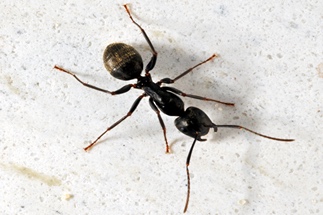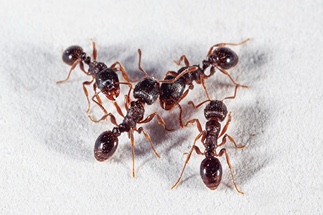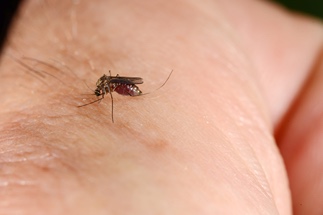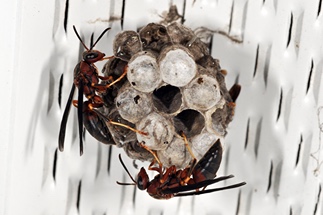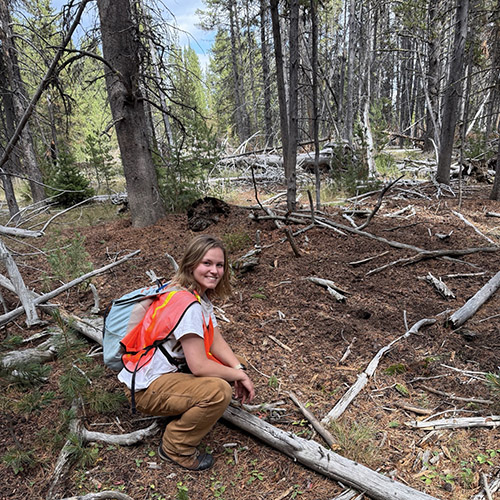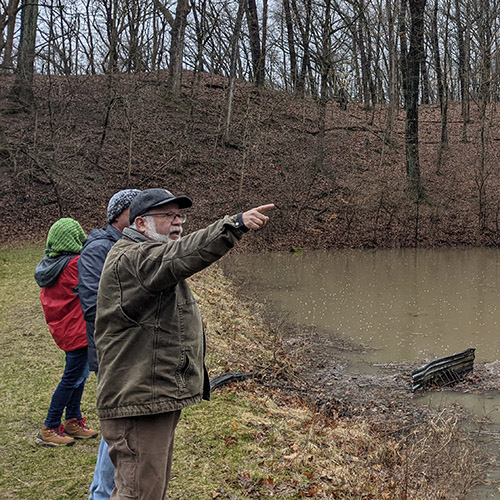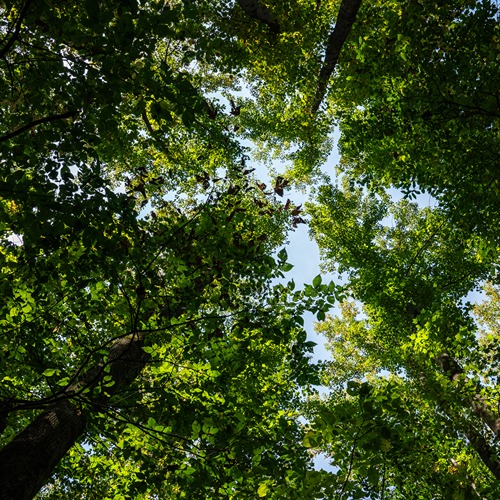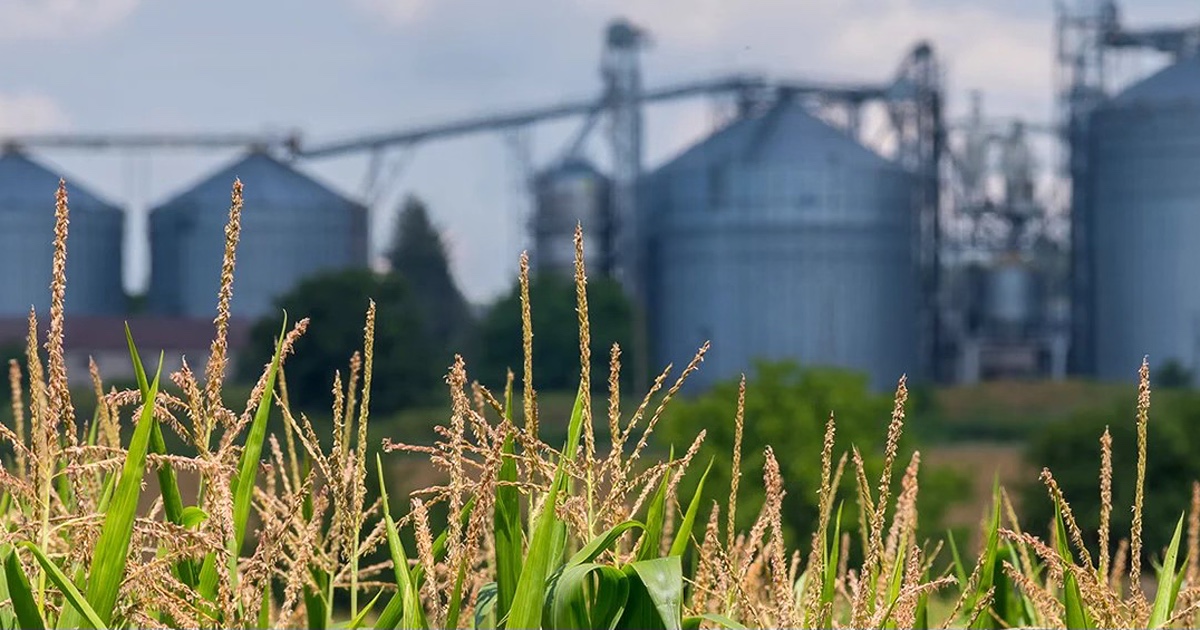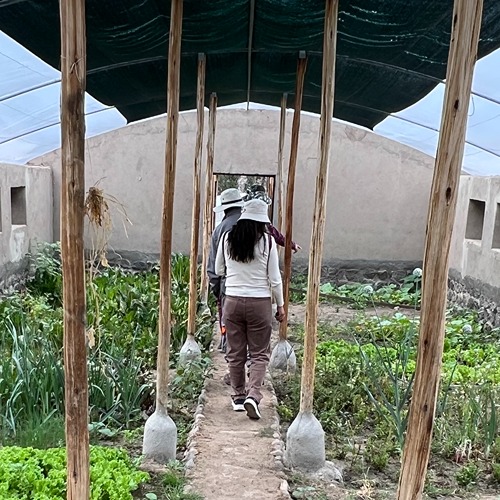The space invaders of summer
Purdue Entomologist provides tips to keep your home free of unwanted pests this summer
Summer brings many beautiful things to our surroundings, but the change in seasons also brings pests looking to enter our homes. Grzegorz Buczkowski, associate professor of entomology with a specialty in urban industrial and pest management, provides some helpful tips on keeping your Midwest home free from these summer invaders.
The pests of summer:
“Insects in the home are a common thing that most people will encounter in the summer months,” Buczkowski. “Knowing the basic way they act and how to respond is important to keeping your indoors pest free.”
Buczkowski identifies four main insects that are most likely to invade homes in the Midwest during the summer months: ants, termites, wasps and mosquitoes.
Prevention & early intervention are key:
“The best way to keep the pests at bay is through prevention,” Buczkowski said.
He provides some easy tips to keep insects outdoors this season:
- Keep vegetation trimmed away from the house. Insects will often enter through overgrown vegetation that is touching the home.
- Keep mulch away from the home. Many insects will nest within mulch, so use rocks in the flowerbeds near your house to deter insects from entering your home.
- Limit water sources way from the house. Keep fountains a good distance from the home, empty watering cans near your home, position sprinklers so the water is not hitting your home.
IDENTIFYING THE PROBLEM:
Buczkowski explains it is important to keep things in perspective with insects inside the home, “Remember that some insects in the home during the summer will be unavoidable. Many people will overreact if they see a few ants indoors, but this response is not necessary,” he says.
He encourages people to fully assess the situation before responding.
“It is important to regularly evaluate places where these common insects may be, including places that contain food and water indoors such as a pantry and under a sink.” Buczkowski notes that if you see regular activity, it is time to pursue treatment options.
TREATMENT OPTIONS:
Buczkowski encourages people to remember that some insects in the home are easy to mitigate and several treatment options are available, “If you notice patterns of activity or in destruction from pests that is a sign that it is time to take action for treatment.”
- Natural treatments: These can be really effective if you spray the ants directly, but there is little residual benefit. Also, if you spray a surface and it’s exposed to sunlight and or rain, these products will lose their efficacy.
- Household treatments: Many “do-it-yourself” treatments can be effective in indoor store-bought treatments. He recommends following all safety protocols listed on the product and storing out of the reach of children.
- Insecticides safety: An important fact Buczkowski wants all consumers to know is that modern insecticides are safe for all vertebrates including humans and pets. This has been an important change in the pest industry over the years.
- When to call the professionals: If you have repeated issues with destruction or a high number of the insect activity in your home, Buczksowki recommends having a professional pest control company come out every three to four months to do a perimeter or foundation spray outdoors.
His final tip for summer? Try to keep your cool.
Sometimes the best thing to do is nothing, just wait. Many of these pests will come and go. I get them on occasion in my own home, and they usually disappear. Often, with these common pests, we can spend lots of time and money worrying about something that will take care of itself.
- Grzegorz Buczkowski, associate professor of entomology with a specialty in urban industrial and pest management

